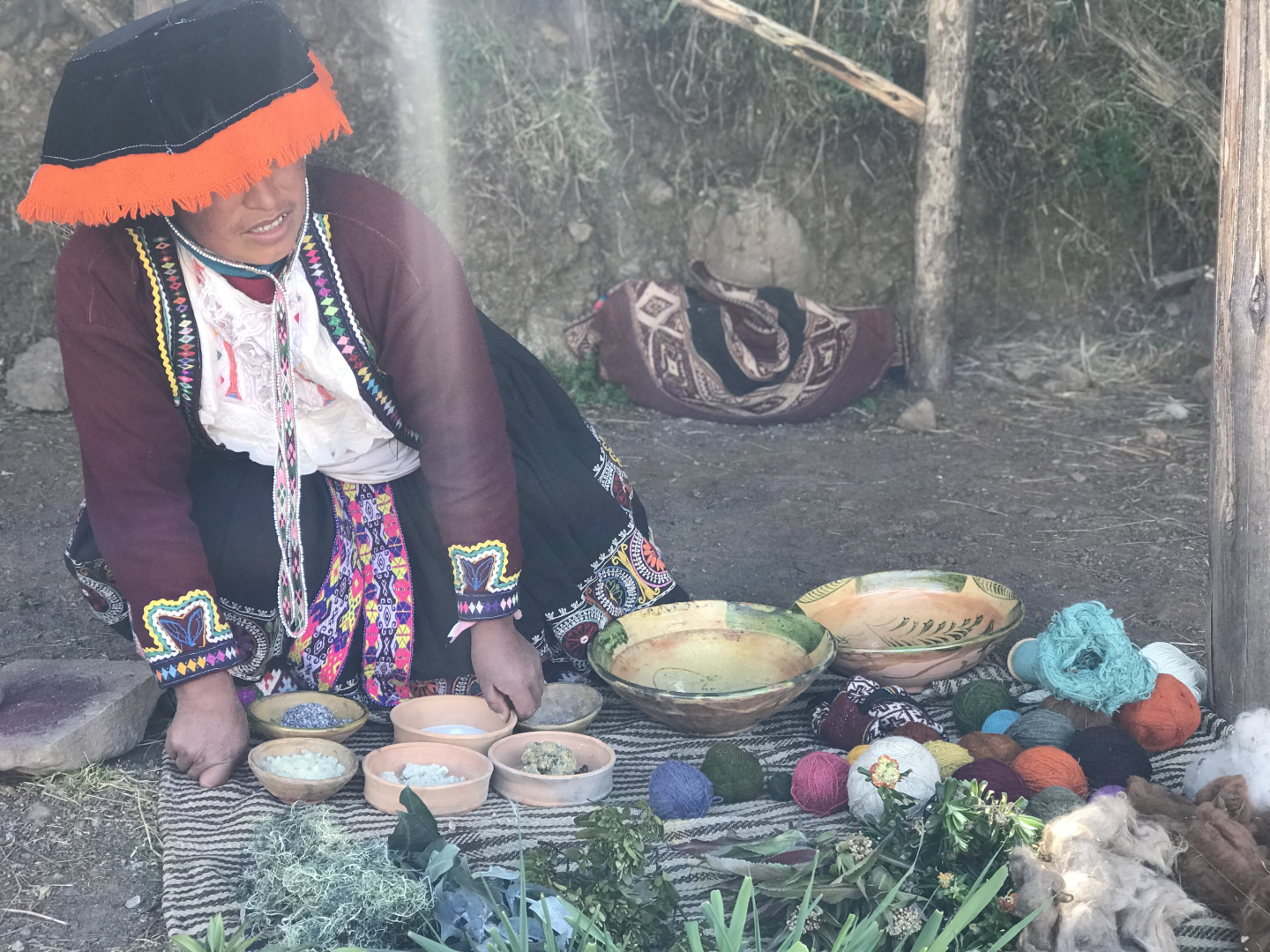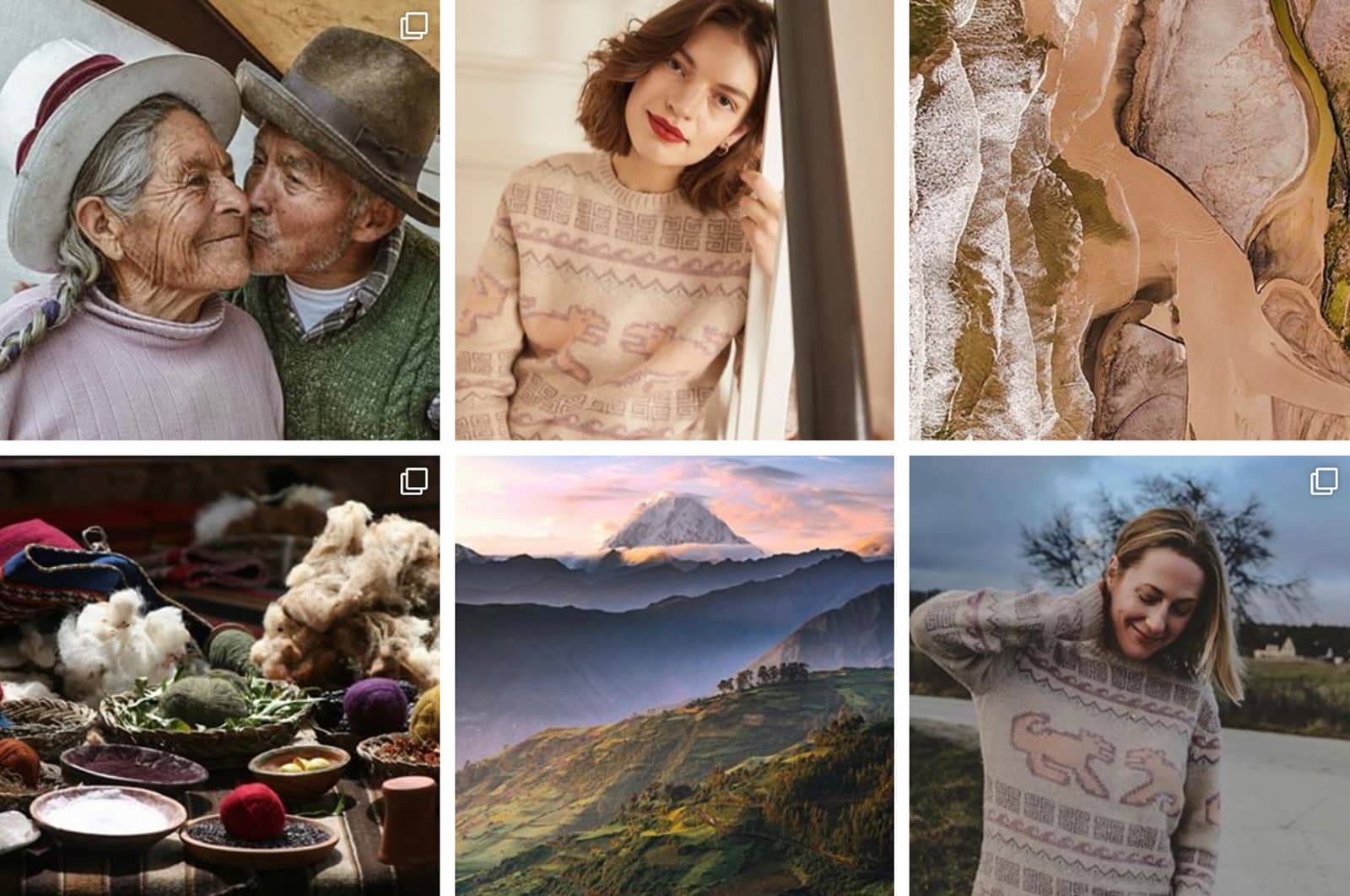The powerful colors of Mother Nature
“Wash before wearing”. Who does not know this recommendation… The reason is so simple and frightening at the same time. Our conventional clothing is full of chemicals. The list of toxic substances in our fashion is long and has unfortunately become the norm for quite some time. The effects: some chemicals, to be precise, certain dyes can cause allergic skin reactions, among other things.
It is estimated that up to 20% of all industrial water pollution is due to the dyeing and finishing of our textiles.
It feels only natural to us to go back to the origin of textile art when it comes to the dyeing process. Our mantra: act in complete harmony with Mother Nature in everything we do.
Our 100% Alpaca wool and our 100% Pima Cotton are dyed in a natural and traditional way using plant materials from the Andes. Even the Incas knew how to extract colors from plants, leaves, tree barks, but also from fruits and vegetables to enliven their clothes with color.
Although the original alpaca wool, for example, comes in up to 22 different colors and up to 300 different shades, the indigenous communities use the powerful colors of nature to express their spirituality in their textile art.
The color yellow is dyed with the help of the Andean flower Q’olle, for example. For red, purple and pink, different beets are used, such as the well-known beetroot. To dye alpaca wool green, one starts with a plant. The most common plant used here is Chil’ca, a weedy shrub that seems to grow everywhere in Peru. Together with a mineral compound called collpa, found in the jungle, the leaves are boiled before the yarn can absorb the color. Depending on what is available to the weavers, two methods are common in the Andean region for dyeing alpaca blue or grey. One of these works with tara, a native bean, while the other works with indigo, a plant that grows at lower altitudes. When dyeing, both are boiled in water with the alpaca wool. Interestingly, indigo is often mixed with fructose from overripe or rotting fruits, such as apples or pears.
Experience nature’s purity in our new Summer collection!




